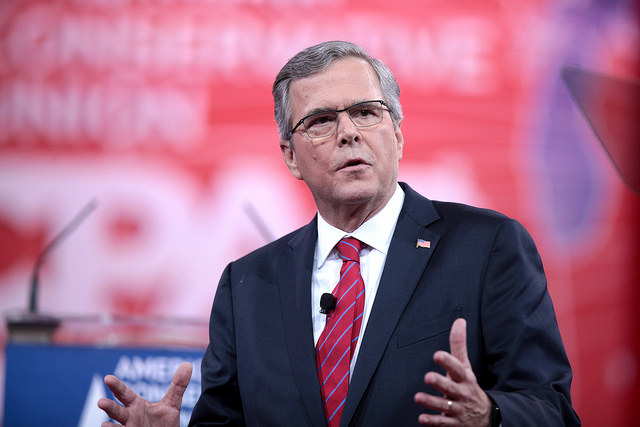Cyber maturity 2016: digital growth in our neighbourhood

The Asia–Pacific’s rapid online growth has contributed to its rise as the world’s new economic centre of gravity. With the majority of the world’s internet users now living in the Asia–Pacific, the region abounds with both digital opportunities and vulnerabilities. Asian governments are increasingly looking to cyberspace to facilitate better governance and critical national infrastructure delivery, and citizens are using it to connect with each other and new digital business opportunities. As individuals, businesses and governments in the Asia–Pacific become more reliant on the benefits of cyberspace, cybersecurity will become an essential ingredient for regional and international stability. As such, developing behavioural norms and confidence building measures for cyberspace, while also improving awareness of the regional threat landscape, must be a high priority for all parties concerned.
ASPI’s third annual cyber maturity report emphasises that countries in the Asia–Pacific are adopting markedly different approaches to cyber security, stability, crime and digital growth, and with varying levels of maturity in their comprehension of risks and opportunities.
The countries of the Asia–Pacific are unevenly developed, with many within their populations remaining illiterate and poor. There’s significant scope for new technologies to advance the rate at which the least-developed countries attain significant goals in the growth of their economy, the education of their people, and their ability to earn. However, many regional governments view the unimpeded flow of information across borders as a threat to their power and seek to constrain it in order to ensure a monopoly on information. Beyond the detrimental effect that has to freedom of expression, those regulations are also inhibiting the emergence of local digital economies, which harms the ability of many to work their way out of poverty.
For some countries, legacy fixed-line telecommunications infrastructure doesn’t have the footprint required to enable widespread internet access, however mobile connectivity brings cyberspace to more people each year. For example, in Cambodia, only 0.5% of people have a fixed broadband connection while 42% have a mobile broadband connection. The emergence of cheap handsets and new apps in local languages is assisting otherwise disconnected individuals to engage with cyberspace: a small step towards closing the digital divide. As access to cyberspace grows, first-time users will be exposed to the potential dangers that cyberspace poses to the uninformed or uneducated, and more work will be required to support the security of new internet users.
Unfortunately, the cost of connectivity remains prohibitive for many in the region and programs to enable cheaper access, such as Facebook’s Free Basics program, have been praised by some but opposed by others for violating principles of net neutrality. For example, the Solomon Islands’ size and remote location makes a submarine cable connection uneconomical for commercial operators. In its absence, expensive satellite connections remain the only option. In other countries, such as Bangladesh, substandard infrastructure is inhibiting digital growth, with unstable power supply leaving connections unreliable.
At the other end of the spectrum, the region offers up some of the world’s most cyber-savvy and network-dependant countries. Japan and South Korea are among the most connected in the world, with over 100 mobile broadband connections per 100 people in both countries. The ubiquity of cyberspace and its importance to their citizens, government and economy, and the vulnerability of their geo-strategic situation means that those countries lead the region in the importance placed on attaining cybersecurity. Similarly, Singapore sits near the top of the rank table. The island nation’s mature cyber policies are informed not only by its understanding of online risks and opportunities, but also by a strategic culture of economic reliance on technology and strong defence posture that highlights the strategic benefits of cyberspace.
Cyberspace, with the potential it offers to enhance development and open new opportunities, will be a key enabler of a secure, stable and prosperous Asia–Pacific. Preserving regional cybersecurity will require coordinated efforts by capable like-minded countries to support emerging norms of behaviour and confidence building mechanisms for cyberspace. Capacity building in the form of providing policy, legislative and technical support to rapidly developing countries is also an essential endeavour for international partners. Creating a region that engages in cyberspace in a mature way is a daunting task, but one that’s increasingly critical to global security and must be led by the major economies of the region.


 Following costly compromises in
Following costly compromises in At the heart of the new
At the heart of the new




